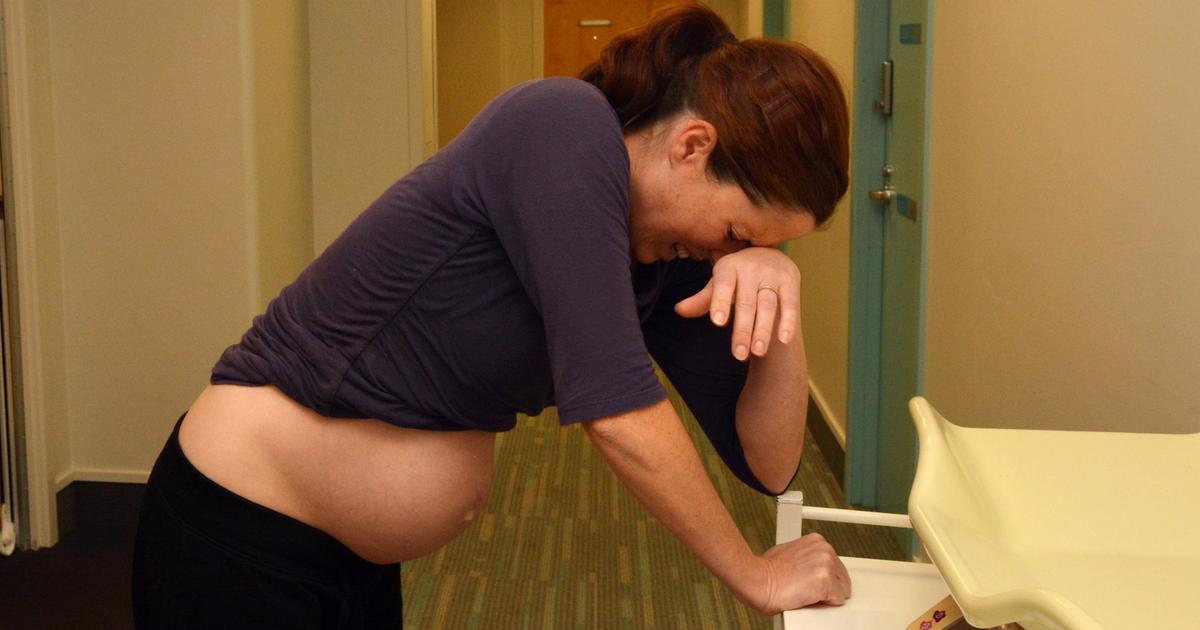What Are The Signs Of Labor?
Childbirth is an exciting, happy, and nerve-wracking event. You're finally getting to welcome your baby into the world. Most pregnant women want to know what to expect from labor, and they make plans with their doctors regarding their baby's birth and the process of labor. It's important to know what to expect, and it's equally important to know the signs of labor. Every birth is different, but there are a few hallmark notes to watch out for. Labor occurs when your uterus begins to contract, allowing you to deliver your baby. It's important to recognize when you've gone into labor so you can get to the hospital or follow whatever birth plan you've laid out with your doctor. These are some of the key signs of labor.
Contractions

The biggest sign of labor is experiencing strong and ongoing contractions, which occur when your uterus contracts as your body works to deliver the baby. With that said, not all contractions are related to labor. You should know about the key differences between false labor and true labor to make sure you're aware of when it's the real thing. You aren't in true labor until the regular contractions are accompanied by a change in your cervix. The cervix dilates when you're in labor, allowing your uterus to push the baby out through the contractions. During a contraction, your uterus muscles will tighten like a clenching fist, and then they'll relax. True labor occurs when contractions last for periods ranging from thirty to seventy seconds and are spaced around five to ten minutes from each other. During the contractions, the pain and tension are so strong many women aren't able to talk or walk. As time goes on, the contractions become progressively stronger and closer together. Contractions more than ten minutes apart may indicate pre-labor, but not yet true labor. Uncover another sign of labor now.
